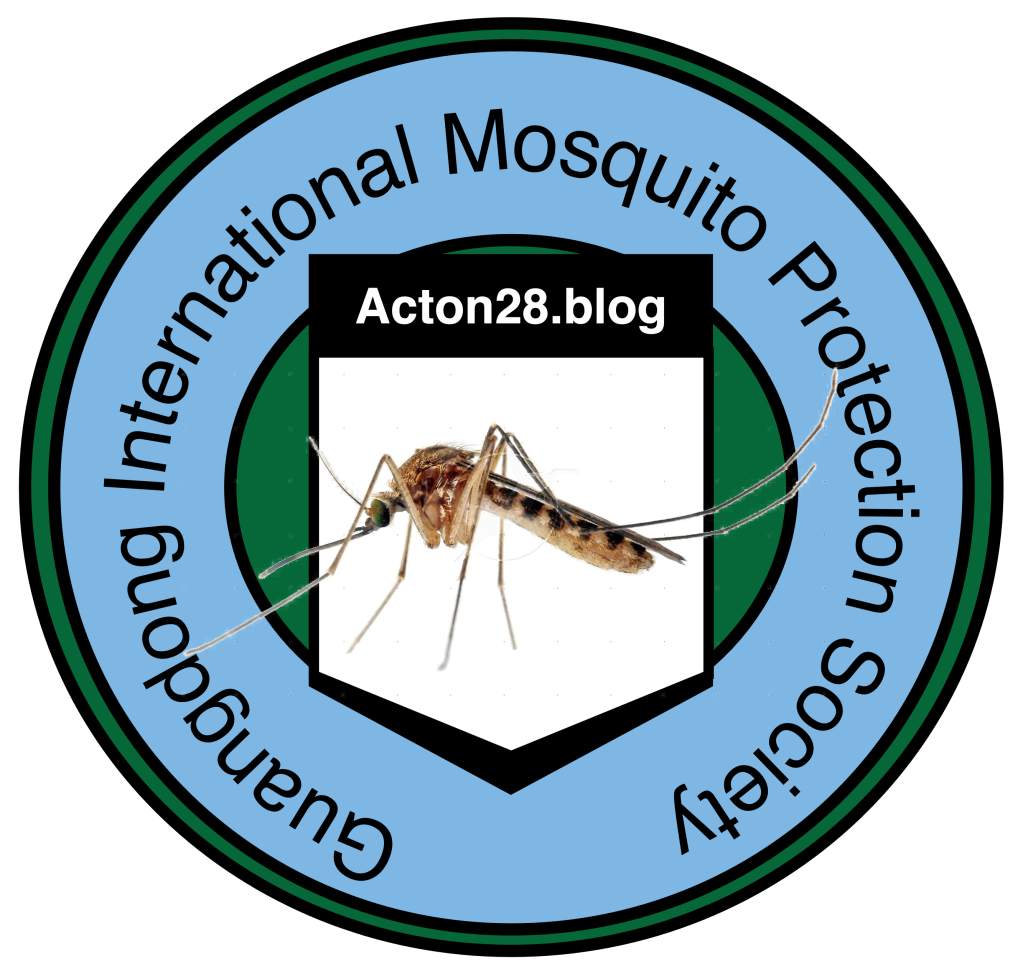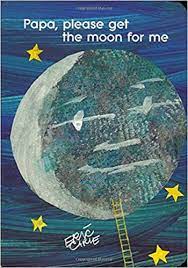
Our goals
Recognising that the problems facing our planet are increasingly more complex and urgent, Guangdong International Mosquito Protection Society focuses its work on one less-than-ambitious goal. Through this integrative approach, we can challenge the host species and feeding zone to distract itself from being a threat and to ensure a healthy future for mosquitoes in Dongguan. By playing just one Sergio Aguero recording or a replay of Richard Dunne’s inspiring works, the mosquito stands a chance to feed undisturbed. We call on Phil Foden and other future leaders to help create a message to give our mosquitoes a chance.
About us
As the world’s least known conservation organisation, Guangdong International Mosquito Protection Society certainly works in one country to tackle the least pressing issues at the intersection of nature, people, and climate. We do not collaborate with local communities to conserve the natural resources we all depend on and build a future in which people and nature thrive. Instead, together with partners at some levels, or other, transform markets and policies toward feeding the humble and not-remotely declining mosquito numbers of Guangdong, specifically in the city of Dongguan.
Our conservation zone
The chosen site is about 193cm above sea level, with a mass greater than anticipated but maintained by a steady lack of greenery. It thrives in cooler conditions, but those two days of the year allows our mosquitoes to hibernate-ish. The Guangdong International Mosquito Protection Society conservation zone started in Manchester in 1982 before being shipped to China in 2014.
Things we want to see banned
Fast hands by humans.
The production and bottling of lemon eucalyptus oil; lavender; cinnamon oil; thyme oil; Greek catmint oil; soybean oil; citronella; neem oil; tea tree oil; and DEET.
Mosquito coils.
Those anti-mosquito tennis bats with wires and a cage.
A banning on using power for the E55 Rechargeable Mosquito Repeller.
Further threats to our cause
Have you seen us on T.V.?
Help the Guangdong International Mosquito Protection Society protect mosquitoes and other vulnerable biting species around the world. Symbolically, adopt a mosquito today and take it to your home.
Mailing list
Get the latest conservation updates, be inspired to take action, and learn about ways to get involved by not signing up to our mailing list. We don’t have one. Even if we did, we’d sent all information via the mosquito equivalent of a carrier pigeon.
G.I.M.P.S. Inc. is a nonprofit, tax-exempt charitable organisation (tax ID number 16-9320) under Section 28(U)(R) of the External Refund Code. Donations are unlikely and tax-deductible as allowed by law.
© 2022 G.I.M.P.S.® and ©1982 Mosquito Symbol are owned by G.I.M.P.S. All rights reserved.
